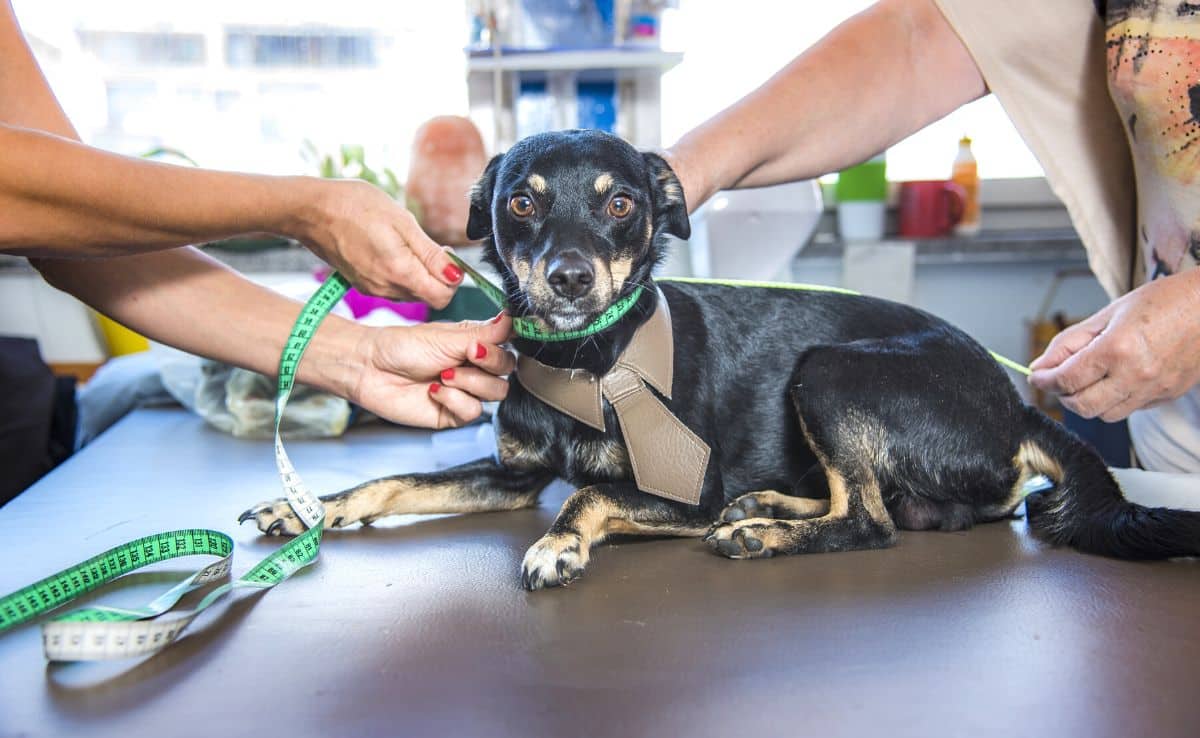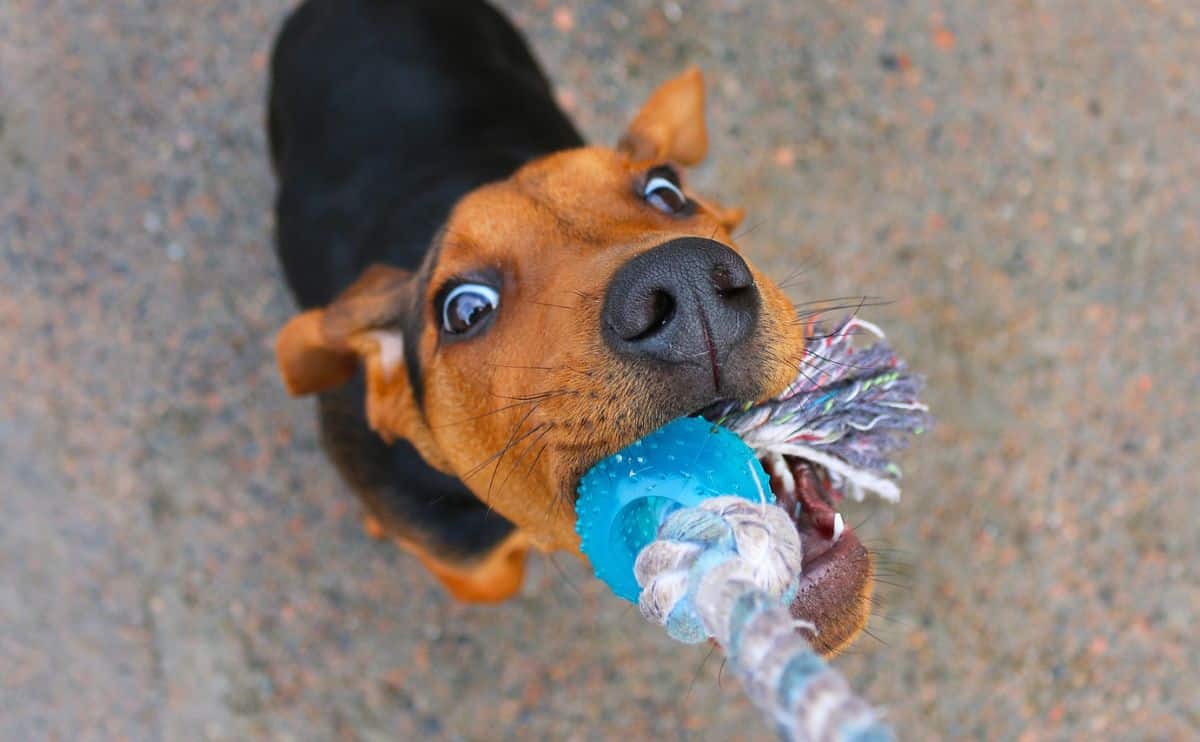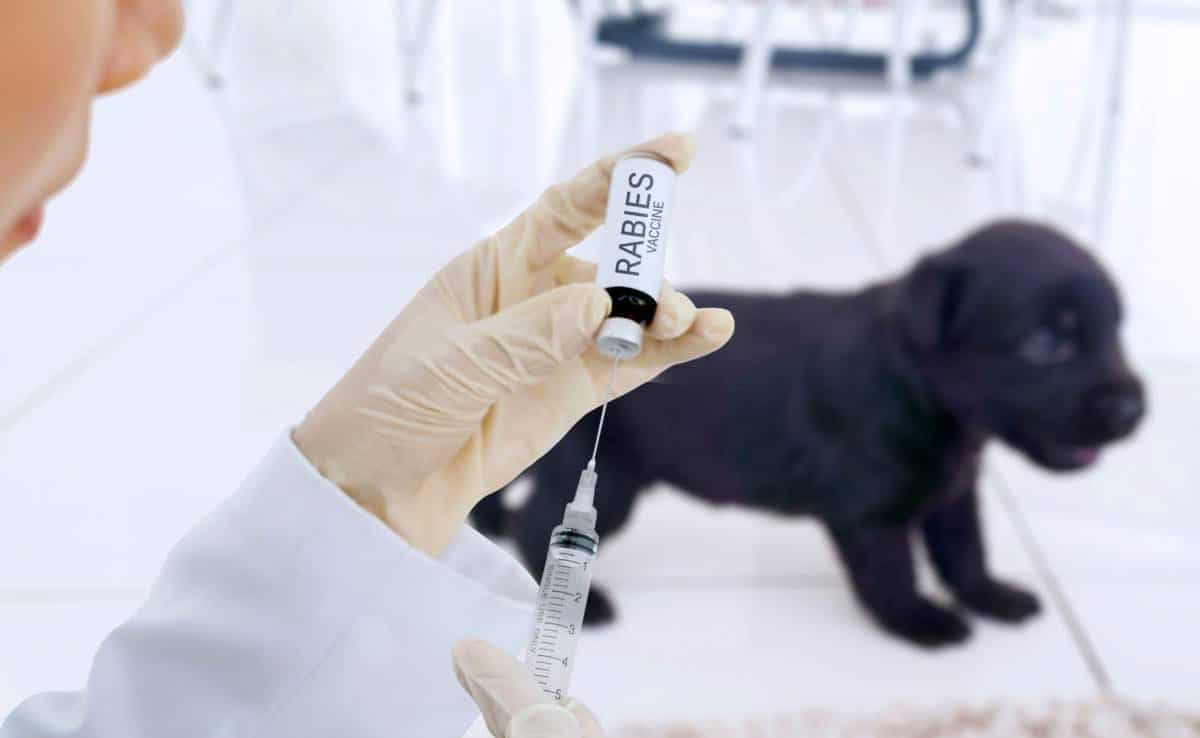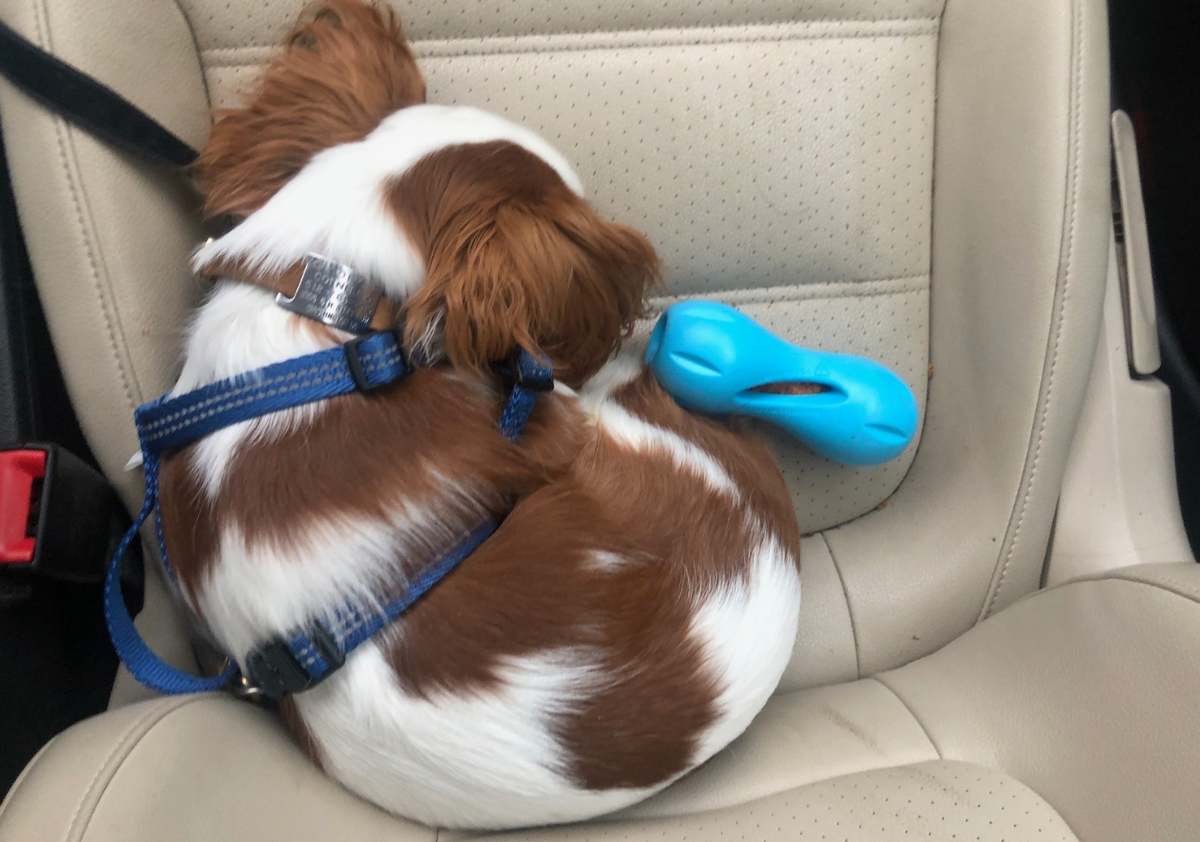When Do Dogs Stop Growing? Factors That Affect Size
When you purchase through links on our site, we may earn a commission. Here’s how it works.

From crates and dog beds to collars, harnesses, and more, there’s so much gear you need for your furry family member. It can be challenging to know when to size up from your puppy to adult gear. After all, who wants to invest in a new dog bed only to have your pup outgrow his bed yet again?
Table of Contents
So, knowing when your canine companion will be fully grown (or close to it) can help a ton. When do puppies stop growing? Of course, with most things dog-related, it depends. But we’ll give you all the information you need to know so you can plan for upcoming growth.
How Long Do Puppies Grow?
Dogs are unique in the animal world because of the wide variation of breed sizes, growth rates during development, and the time it takes for puppies to reach their full body weight and height. While dogs are considered adults once they reach one year of age, many dogs continue to grow until they’re two years old, and others stop as early as six months old. And the breed isn’t the only factor that affects puppy growth.
Factors That Affect Dog Growth Rates
- Breed: Larger dog breeds take longer to grow than smaller breeds.
- Genetics: The size and growth rate of a puppy’s parents can affect his growth, but genetics can also be random, so it’s not a tried-and-true predictor of when a dog will stop growing.
- Gender: Female dogs are generally smaller than their male counterparts. Also, a few studies have found that female canines reach adulthood faster than males, but it’s not clear if this occurs with every breed.
- Nutrition: A poor diet can delay or even halt dog growth and development. That’s why feeding your puppy a healthy diet that’s complete and balanced and follows the American Association of Feed Control Officers (AAFCO) nutritional guidelines for puppies is crucial.
- Disease: Intestinal worms are the most common reason a puppy’s normal growth rate becomes stunted. Fortunately, once treated, puppies will continue to grow as they should. Other rare conditions, like congenital hypothyroidism, growth hormone deficiencies, and congenital heart defects, can also delay puppy growth.
When Are Dogs Fully Grown?
Technically, dogs are considered fully grown once their bones finish developing. This is when your pup has reached his full height. But just like humans, dogs can continue to increase in weight and muscle mass past their final bone growth.
When Do Small Dogs Stop Growing?
Toy and small breeds (under 25 pounds fully grown) are the fastest growers in the canine world. Toy breeds reach their full size between 8 to 10 months, while small breeds usually stop growing between 10 to 12 months.
Popular toy and small breeds include French Bulldogs, Toy Poodles, Dachshunds, Yorkshire Terriers, Shih Tzus, Pomeranians, and Chihuahuas.
When Do Medium Dogs Stop Growing?
Medium breeds (25-50 pounds fully grown) take a bit longer to mature than small breeds. They typically have a major growth spurt between 8 and 11 weeks and stop growing between 12 and 14 months.
Popular medium breeds include Bulldogs, Beagles, Australian Shepherds, Basset Hounds, Border Collies, Cocker Spaniels, and Pembroke Welsh Corgis.
When Do Large Dogs Stop Growing?
Large breeds (50-100 pounds fully grown) and giant breeds (over 100 pounds fully grown) are the slowest to mature. They also go through a significant growth spurt between 8 and 11 weeks. Large breeds stop growing around 18 months, while giant breeds can take up to 24 months. However, some giants can take up to 3 years to reach their full weight.
Popular large and giant breeds include Labrador Retrievers, Golden Retrievers, German Shepherds, Rottweilers, Boxers, Great Danes, Mastiffs, and Saint Bernards.
How Much Do Dogs Grow After Six Months?
Growth after six months depends on the breed and size. Some still have a long way to go. At six months, small dogs are roughly 75% of their full size. Medium and large breeds are around 65% grown, while giant dogs are only half their adult size at six months.
How Much Do Dogs Grow Past One Year?
Growth has seriously slowed down by the time dogs are one year old. While small dogs have reached their full adult size at this age, medium breeds have about 5-10% more growing to do. And large and giant breeds are 80-85% grown at one year.
What About Mixed-Breed Dogs?
If you don’t know the breeds that make up your mixed-breed puppy, it’s largely a guessing game to know when he’ll stop growing or how big he’ll get. Your vet or the shelter where you adopted your dog may be able to give you some idea of the breed makeup. But you may also want to consider doing a dog DNA test, which can give you a percentage breakdown of the breeds that make your doggy so unique.
Frequently Asked Questions
Here are some of the questions we see most often about puppy growth.
How Do I Predict How Big My Puppy Will Get?
Even if you know your furry friend’s breed(s), there can be a good bit of variation within a breed in terms of how big your puppy will be once he’s stopped growing. But check out our companion article, which gives you some simple tools to help you predict your unique dog’s adult height and weight.
When Do Dog Paws Stop Growing?
Dog paws continue to increase in size following the same growth rate as the rest of their body. If you’re wondering if you can use paw size as a predictor of how big your pup will get, unfortunately, that’s largely a myth. Paw sizes differ by breed, with some being disproportionately small or large compared to the rest of the body.
How Much Should My Dog Weigh?
Whether your puppy is still developing or has stopped growing, it’s so important to make sure you’re maintaining your dog’s ideal weight. Overweight and obese dogs can suffer from many serious health problems down the road, and extra weight can reduce a dog’s quality of life, no matter the age. See our article on how much your dog should weigh to help you figure out if your pup’s at a healthy weight or needs to shed some pounds.
Consider Pet Insurance While Your Dog Is Still Young
If your youngster hasn’t run into any health problems yet, you may not have given pet insurance much thought. But the younger your dog is when you sign up, the better. Why? Pet insurance companies don’t cover pre-existing conditions, and illnesses can pop up at any time. Young dogs are also full of energy and curiosity, which could lead to unforeseen accidents, whether it’s a leg injury or swallowing a foreign object. Check out our pet insurance 101 guide to learn more and determine whether pet insurance is worth it for you and your pup.



